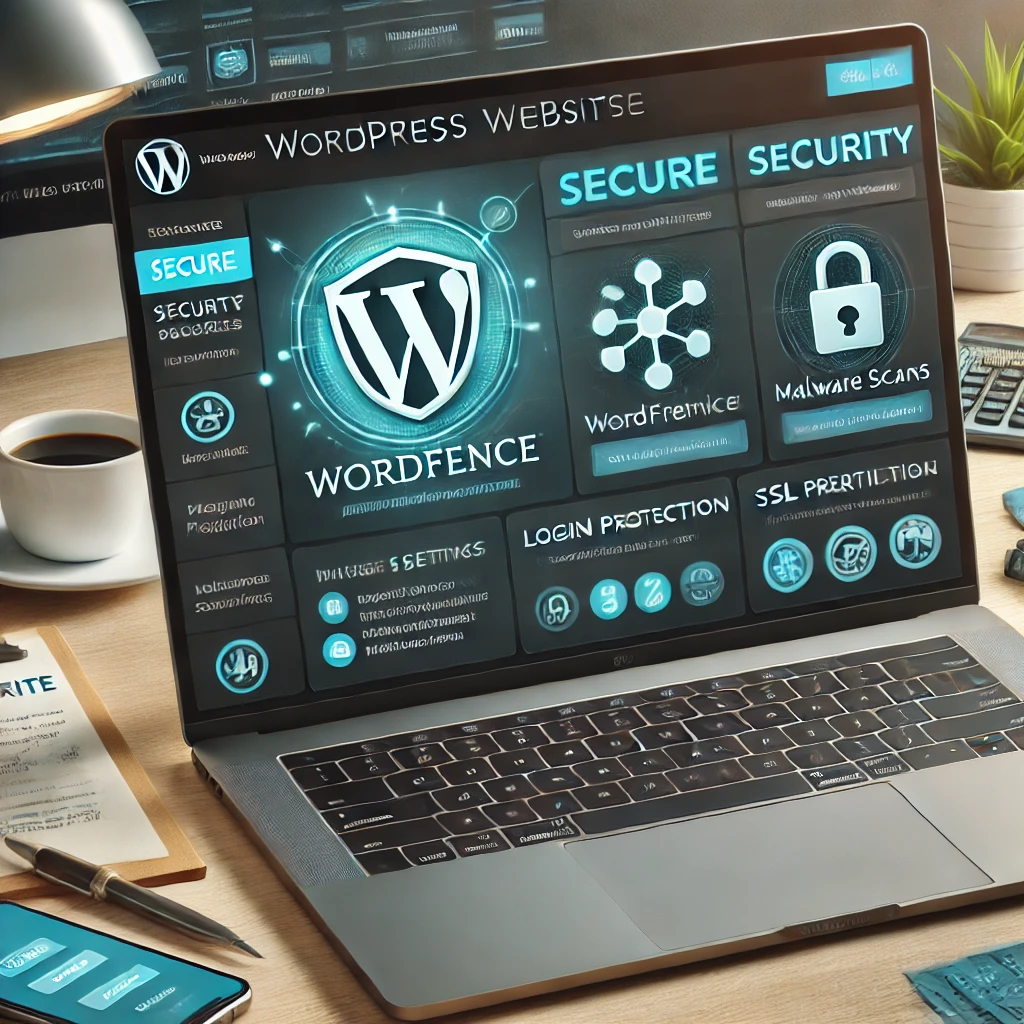WordPress is the most popular CMS in the world, but its popularity also makes it a frequent target for cyberattacks. To protect your website and user data, it is essential to implement the best security practices. In this guide, we will explore the key steps to securing WordPress websites.
1. Keep WordPress, Themes, and Plugins Updated
Hackers often exploit outdated versions of WordPress and plugins. Regular updates are crucial:
- Update the WordPress core to the latest version.
- Keep themes and plugins up to date – check for updates and remove unused plugins.
- Upgrade the PHP version on your server – use the latest stable version.
✅ Tip: Enable automatic updates to minimize security risks.
2. Use Strong Passwords and Two-Factor Authentication (2FA)
Weak passwords are one of the most common security vulnerabilities.
🔹 Use long and complex passwords with a mix of letters, numbers, and special characters.
🔹 Enable two-factor authentication (2FA) with apps like Google Authenticator or Authy.
🔹 Use a password manager to securely store your credentials.
3. Limit Login Attempts and Change the Admin URL
Brute-force attacks are common on WordPress sites. Protect yourself by:
- Changing the default login URL (/wp-admin) to a custom one.
- Limiting login attempts using plugins like Limit Login Attempts Reloaded.
- Enabling IP blocking if suspicious users repeatedly fail to log in.
4. Use a Security Plugin
Security plugins help detect and prevent threats.
🔹 Wordfence – Provides a firewall, malware scanning, and brute-force protection. 🔹 Sucuri Security – Offers malware protection and security audits. 🔹 iThemes Security – Blocks suspicious IP addresses and enhances login protection.
5. Regularly Back Up Your Website
Backups are your last line of defense in case of a cyberattack.
✅ Use tools like UpdraftPlus, Jetpack Backup, or BlogVault.
✅ Enable automatic daily or weekly backups.
✅ Store backups on external services like Google Drive or Dropbox.
6. Enable an SSL Certificate
SSL encryption ensures secure data transfer between users and the server.
🔹 Use a Let’s Encrypt free SSL certificate.
🔹 Ensure your website is accessible via HTTPS protocol.
🔹 Google prioritizes SSL-secured websites in SEO rankings.
7. Monitor Suspicious Activity and Security Logs
Keep track of website access and potential threats.
✅ Use WP Activity Log to monitor user actions.
✅ Enable security notifications to receive alerts about suspicious login attempts.
✅ Regularly analyze server logs via your hosting control panel.
Conclusion
WordPress security requires continuous monitoring and the implementation of best practices. By following these steps, you can minimize security risks and ensure long-term protection for your website. 🚀

